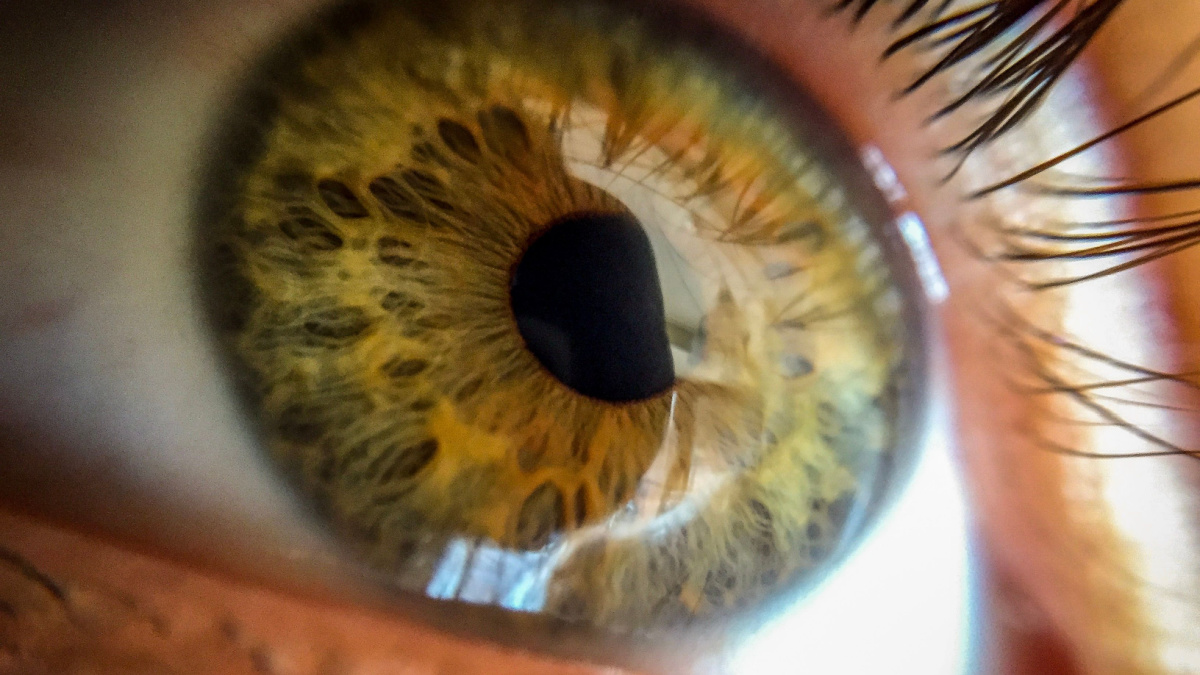
Treating vision problems due to eye damage or degeneration is a delicate process, the outcome of which is often uncertain. However, recent advances in nanotechnology may bring new hope to the field, as they have enabled scientists to regrow retinal cells in the laboratory.
What is macular degeneration?
In an effort to combat that macular degenerationthe most common cause of blindness in industrialized countries, researchers turned to it nanotechnology To get help. Macular degeneration is a progressive eye disease that primarily damages the central part of the retina, the macula. The macula is responsible for central, sharp vision and is therefore crucial for activities such as reading, driving, recognizing faces and seeing small details.
Macular degeneration is more common in older people and is one of the most common causes of vision loss in people over 50. There are two main types of macular degeneration: dry macular degeneration, the most common form of the disease; and wet macular degeneration, which is less common but is usually more serious and can result in much more rapid and significant vision loss.
The exact cause of macular degeneration is not fully understood, but several risk factors have been identified, including age, genetics, smoking, obesity, and family history. Although there is currently no cure for macular degeneration, there are various treatment options to manage the disease and slow its progression. The situation could be changing, however, as scientists at Anglia Ruskin University in the UK have succeeded in regrowing retinal cells in the laboratory.
New hope in the fight against blindness
Indeed, according to the results of their study published in the journal Materials & DesignScientists have found a way to use nanotechnology and polymeric nanofibers to create a sort of 3D scaffold for retinal cell growth. These scaffolds are coated with a steroid to reduce inflammation. Using a method called “electrospinning,” which creates extremely fine nanofibers, the researchers were able to create a scaffold that is both thin and mechanically strong.
The polyacrylonitrile polymer they used also contributed to mechanical strength, and the Jeffamine polymer has the property of attracting water. This allows the synthetic scaffold to act as a membrane that helps cells attach to the scaffold and also promotes their growth. Although these are only lab tests for now, the team’s new formulation appears to be warranted, as the system boosted the growth and longevity of retinal cells, keeping them viable for at least 150 days.
While there are still many challenges to be overcome in order to use this technology to cure blindness, it opens the door to potential new ways to treat macular degeneration more effectively and permanently. In addition, this light-activated biomaterial could save the eyesight of many patients.

Total web buff. Student. Tv enthusiast. Evil thinker. Travelaholic. Proud bacon guru.







